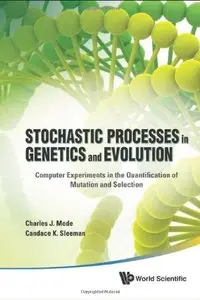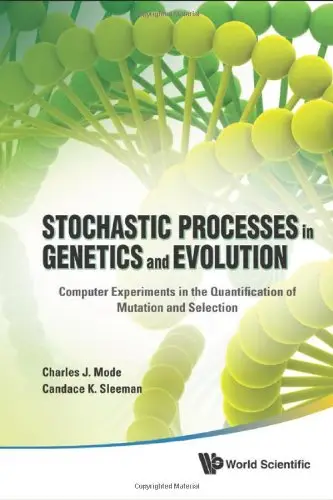Stochastic Processes In Genetics And Evolution: Computer Experiments in the Quantification of Mutation and Selection by Charles J Mode and Candace K Sleeman
English | 2012 | ISBN: 9814350672 | 696 pages | PDF | 7,7 MB
English | 2012 | ISBN: 9814350672 | 696 pages | PDF | 7,7 MB
The scope of this book is the field of evolutionary genetics. The book contains new methods for simulating evolution at the genomic level. It sets out applications using up to date Monte Carlo simulation methods applied in classical population genetics, and sets out new fields of quantifying mutation and selection at the Mendelian level.
A serious limitation of Wright-Fisher process, the assumption that population size is constant, motivated the introduction of self regulating branching processes in this book. While providing a short review of the principles of probability and its application and using computer intensive methods whilst applying these principles, this book explains how it is possible to derive new formulas expressed in terms of matrix algebra providing new insights into the classical Wright-Fisher processes of evolutionary genetics. Also covered are the development of new methods for studying genetics and evolution, simulating nucleotide substitutions of a DNA molecule and on self regulating branching processes. Components of natural selection are studied in terms of reproductive success of each genotype whilst also studying the differential ability of genotypes to compete for resources and sexual selection. The concept of the gene is also reviewed in this book, and it provides a current definition of a gene based on very recent experiments with micro-array technologies. A development of stochastic models for simulating the evolution of model genomes concludes the studies in this book. Deserving of a place on the book shelves of workers in biomathematics, applied probability, stochastic processes and statistics, as well as in bioinformatics and phylogenetics, it will also be relevant to those interested in computer simulation, and evolutionary biologists interested in quantitative methods.
Readership: Professionals, researchers in mathematical and theoretical genetics and biology, graduate students in applied stochastic processes.



